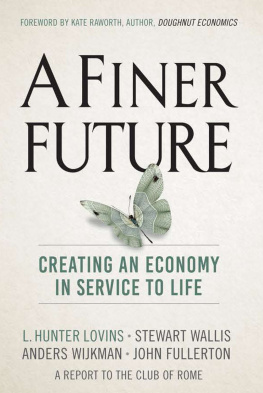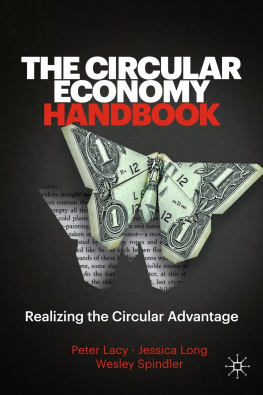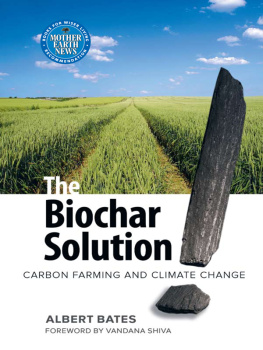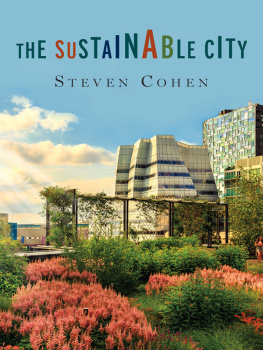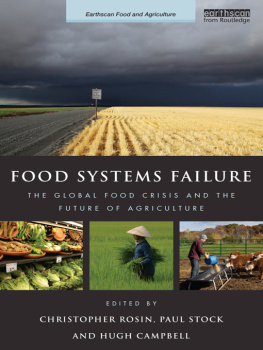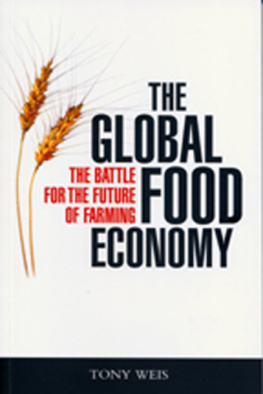Justine Burt - The Great Pivot: Creating Meaningful Work to Build a Sustainable Future
Here you can read online Justine Burt - The Great Pivot: Creating Meaningful Work to Build a Sustainable Future full text of the book (entire story) in english for free. Download pdf and epub, get meaning, cover and reviews about this ebook. year: 2019, publisher: Justine Burt, genre: Politics. Description of the work, (preface) as well as reviews are available. Best literature library LitArk.com created for fans of good reading and offers a wide selection of genres:
Romance novel
Science fiction
Adventure
Detective
Science
History
Home and family
Prose
Art
Politics
Computer
Non-fiction
Religion
Business
Children
Humor
Choose a favorite category and find really read worthwhile books. Enjoy immersion in the world of imagination, feel the emotions of the characters or learn something new for yourself, make an fascinating discovery.

- Book:The Great Pivot: Creating Meaningful Work to Build a Sustainable Future
- Author:
- Publisher:Justine Burt
- Genre:
- Year:2019
- Rating:3 / 5
- Favourites:Add to favourites
- Your mark:
The Great Pivot: Creating Meaningful Work to Build a Sustainable Future: summary, description and annotation
We offer to read an annotation, description, summary or preface (depends on what the author of the book "The Great Pivot: Creating Meaningful Work to Build a Sustainable Future" wrote himself). If you haven't found the necessary information about the book — write in the comments, we will try to find it.
American society currently faces a crisis in the world of work between outsourcing, automation, the gig economy, and low levels of employee engagement. At the same time, our transportation systems and means for producing energy, materials, and food are degrading life support systems on Earth. The solution, however, is simple: we must abandon business as usual and draw up a blueprint for creating meaningful jobs that will also dramatically reduce waste and restore the natural world.
The Great Pivot is that blueprint. It details 30 projects for developing advanced energy communities, low-carbon mobility systems, a circular economy, a rejuvenated food production system, and restoring nature. It starts, of course, with people. Americans want work that gives their lives purpose and meaning. First, however, we must ensure that everyone has shelter, food, and access to affordable healthcare and childcare, especially those lower on the socioeconomic ladder. By doing so, those securing meaningful work for the first time will be able to pull themselves up financially, while those currently working disappointingly unfulfilling jobs will jump to more meaningful employment, whether starting their own business or joining an existing team.
The financial sector also wants more sustainability projects to invest in. By harnessing Silicon Valleys startup culture of disrupting lumbering, inefficient industries, the Great Pivot will create both more effective and efficient jobs and manifold investment opportunities. Make no mistake: the investment needed to kickstart a sustainable future is considerable, but this money will go directly into the pockets of the millions of people doing this meaningful work, thereby providing the necessities of a stable, middle class life.
With this bold vision we will not only save the environment, but in the process of creating millions of meaningful jobs, we will save ourselves. A sustainable future needs us to envision it, and it needs us to make it happen. Its time to make the Great Pivot.
Justine Burt: author's other books
Who wrote The Great Pivot: Creating Meaningful Work to Build a Sustainable Future? Find out the surname, the name of the author of the book and a list of all author's works by series.


